Candidiasis, types, symptoms and treatment
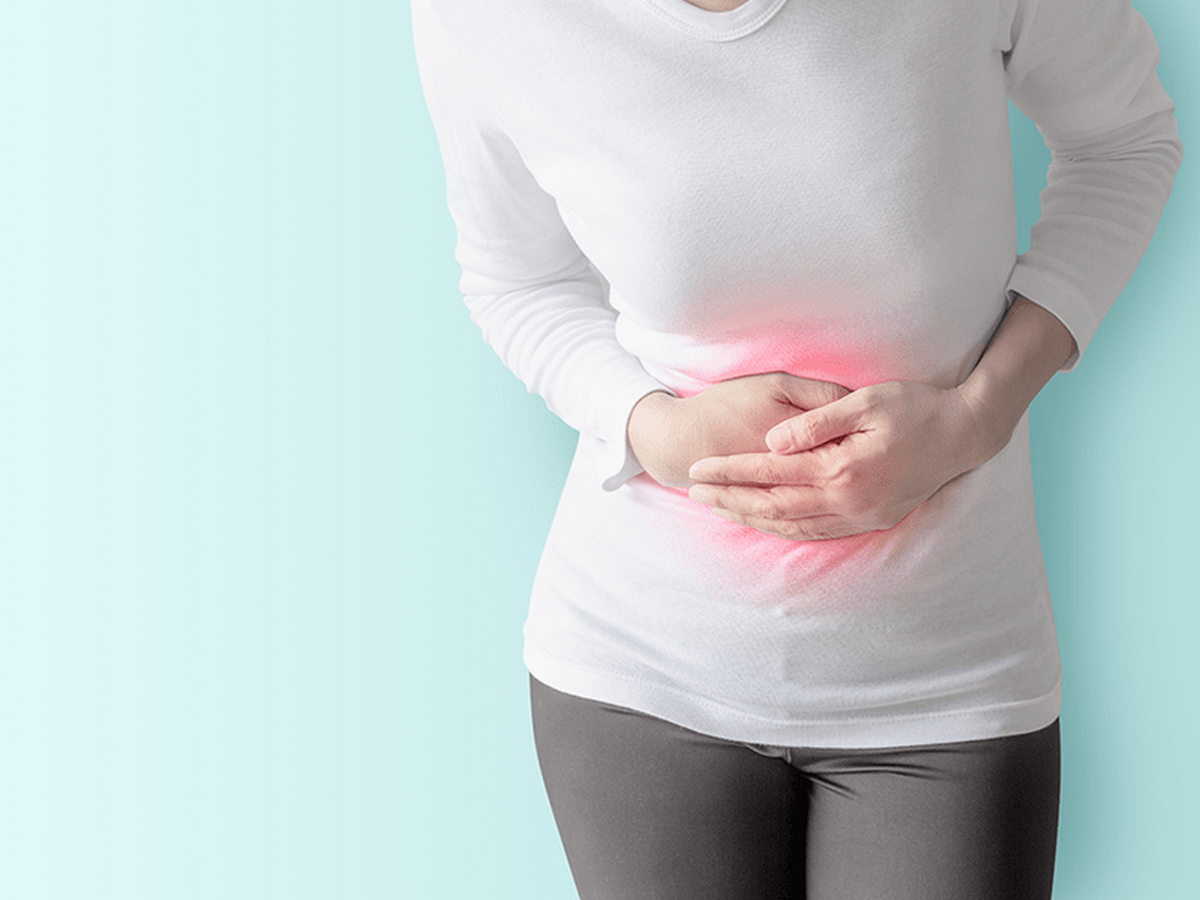
Candidiasis is an infection caused by a type of yeast belonging to the genus Candida. There are more than 20 types of Candida fungus, therefore candidiasis may occur in different parts of the body and with different symptoms. Among them, the most common species is Candida Albicans.
Table of Contents
What is Candida?
Normally, the Candida fungus is located in the human body, in places where there are mucous membranes, such as in the mouth, throat, intestine, vagina, and skin without causing any problems. Scientists estimate that about 20% of women usually have Candida in the vagina without symptoms.
Causes of Candidiasis
The overgrowth of candida may occur because of changes that encourage its development. The most common causes are hormonal disturbances, medications or changes in the immune system. Overgrowth of Candida leads to inflammation, vaginitis, stomatitis, and may even exacerbate already existing gastrointestinal conditions such as ulcerative colitis or Crohn’s disease. Pregnant women or women who take contraceptives, people with diabetes, people with impaired or weak immune system, or people taking antibiotics are at high risk of developing candidiasis.
Symptoms
The symptoms of candidiasis vary depending on the area of the body that is infected (mouth, throat, vagina, intestine, blood, etc.). The most common types of candidiasis are oral candidiasis and vaginal candidiasis. In vaginal candidiasis, the most common symptoms are itching or pain in the vagina, pain during sex, discomfort during urination, etc. Usually, the symptoms of vaginal candidiasis are mild, but some women may experience even more serious infections. In oral candidiasis, the most common symptoms are pain and burning of the mouth or tongue, dysphagia, white spots, cheilitis, redness in the oral mucosa etc.
Treatment
Even if antifungal treatment is the first and most common line of treatment for candidiasis, there are several supplements that can enhance the body’s defense and speed up recovery.
Probiotics
Dietary supplements with high doses of probiotics, at least 50 billion / day, help to balance microflora, enhancing the natural defense of the body. Studies have shown that probiotics can improve the symptoms of candidiasis.
Oregano oil
Oregano oil has significant antimicrobial and antioxidant properties, as it creates an unfriendly environment for bacteria and fungi, inhibiting their growth. Its effect is mainly due to carvacrol and thymol, two phenols found primarily in oregano.
Garlic
Thanks to alisine and its sulfur-derived compounds, garlic helps fight fungal infections and strengthens the immune system.
Vitamin C
Vitamin C strengthens the immune system and helps fight infections. Experimental studies showed that ascorbic acid helps combat Candida albicans and prevents reinfection.
Grapefruit extract
It has a strong antifungal effect. Further studies are required, however, in order to verify the above property of GSE.
Other substances and herbs with antifungal and adjuvant properties that may help in the treatment of candidiasis are coconut oil, astragalus and olive leaf extract.
Disclaimer
The content of this blogspot is not and can not be considered as medical advice, diagnosis or treatment. All information is provided to readers solely for informational purposes. There is no intention to substitute this content for personalized medical advice, diagnosis, prognosis or treatment.



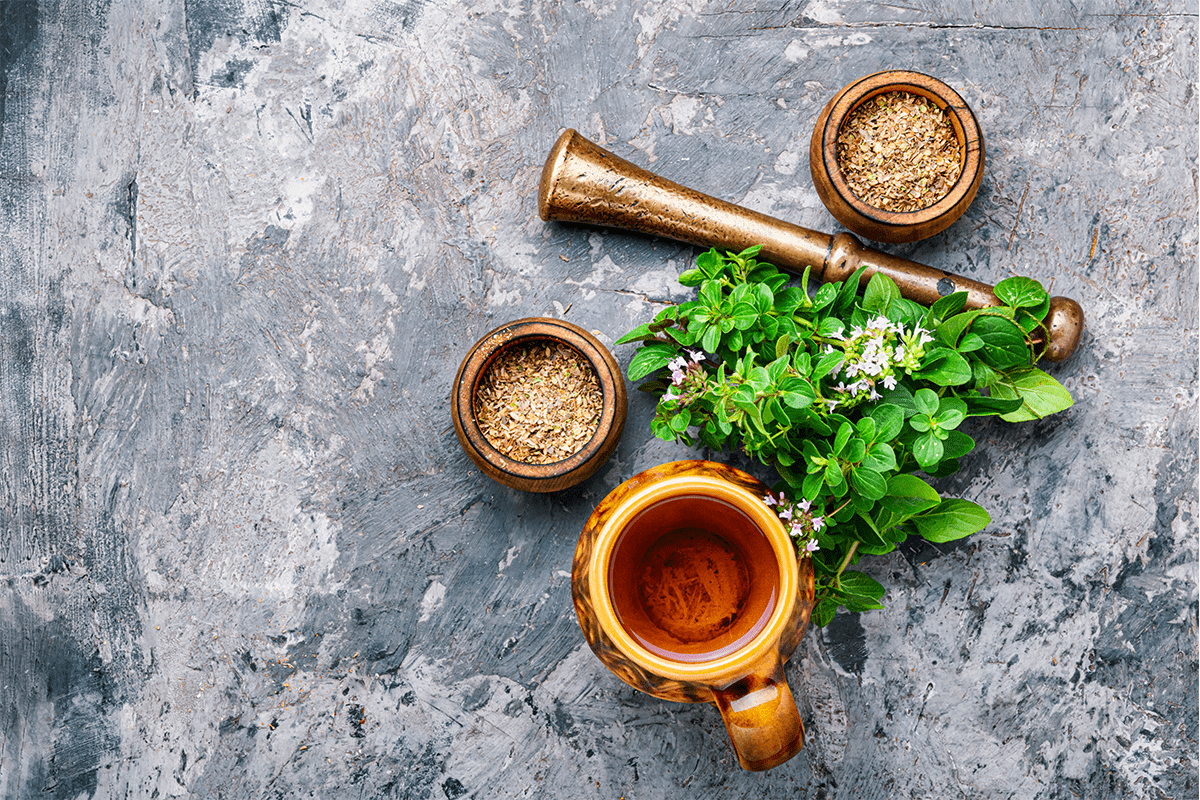
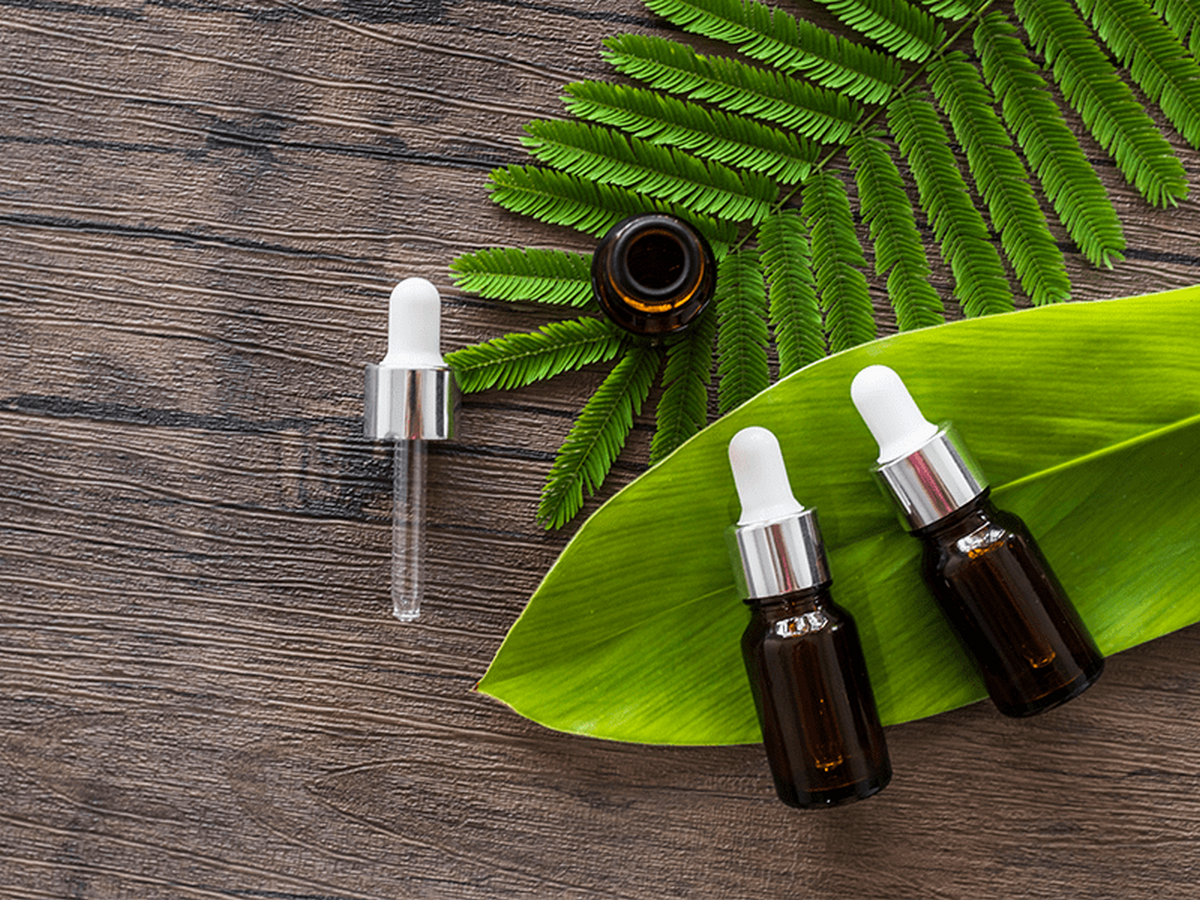
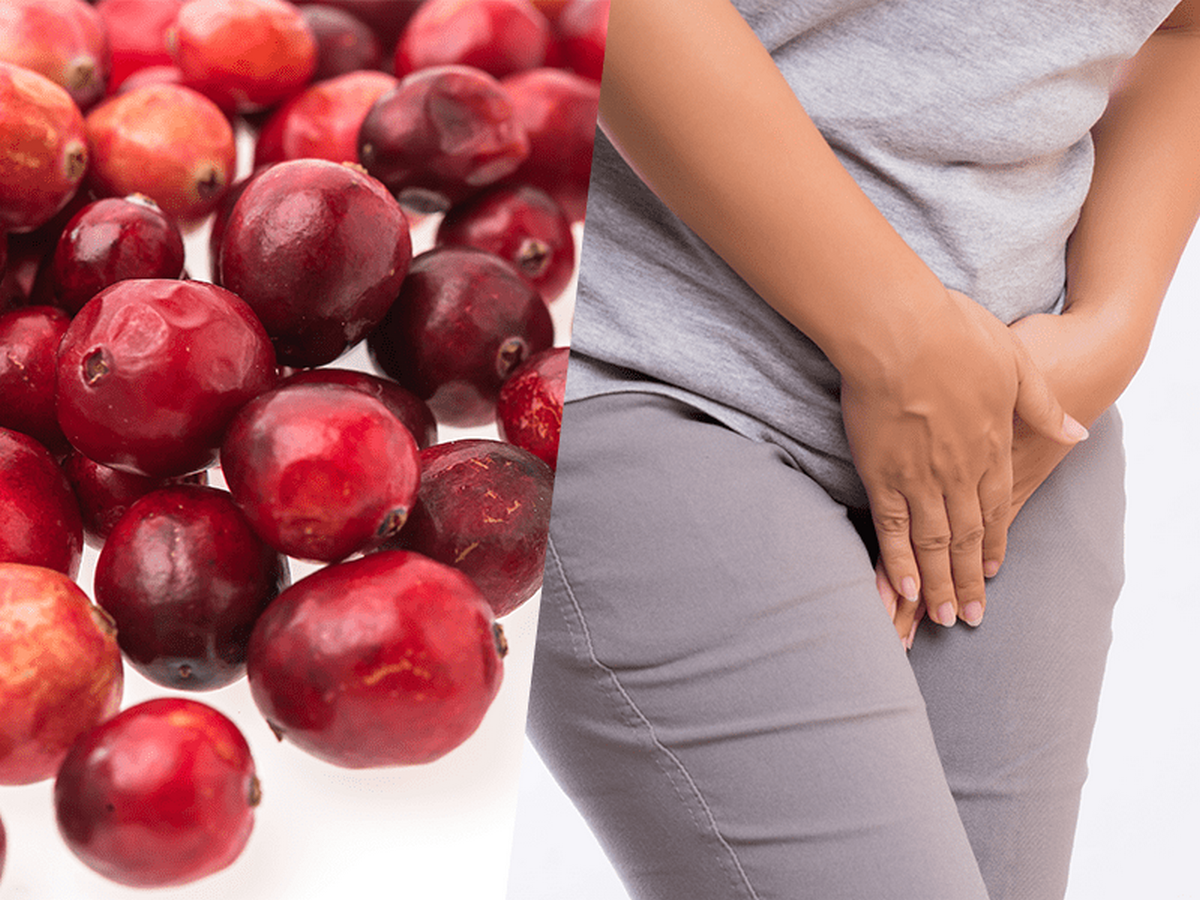


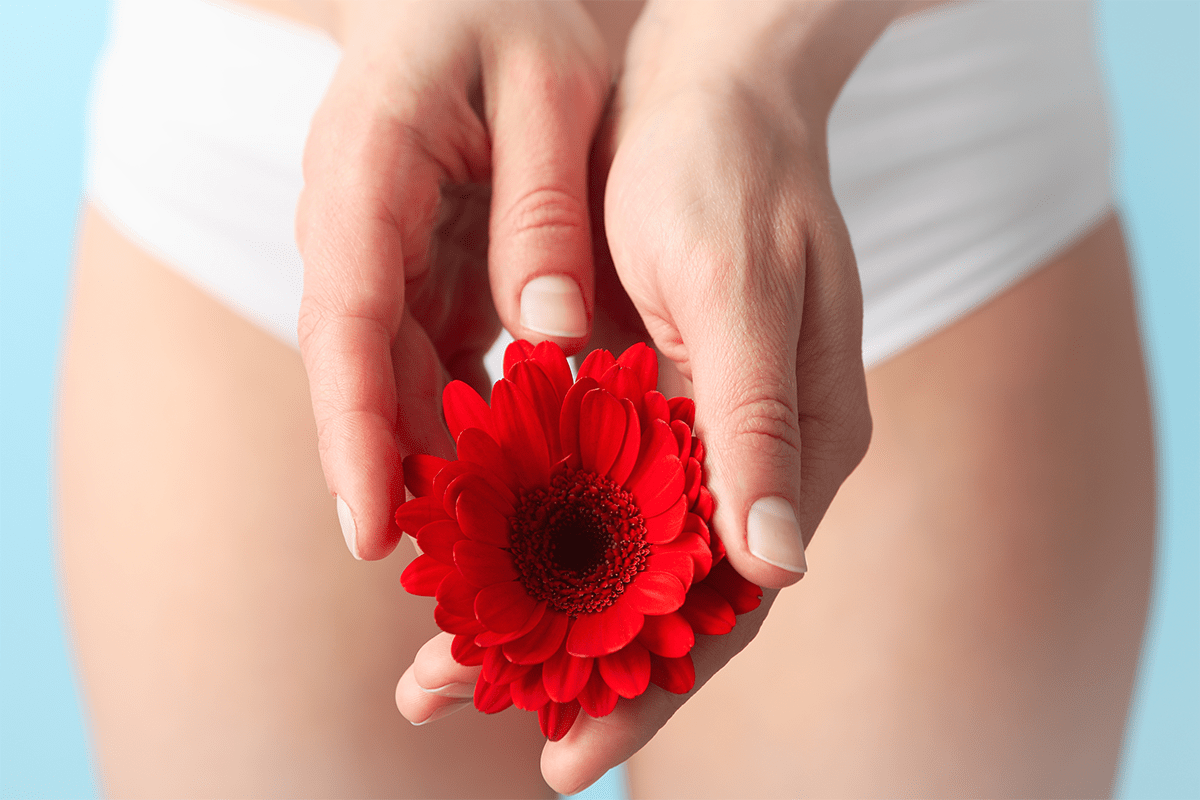
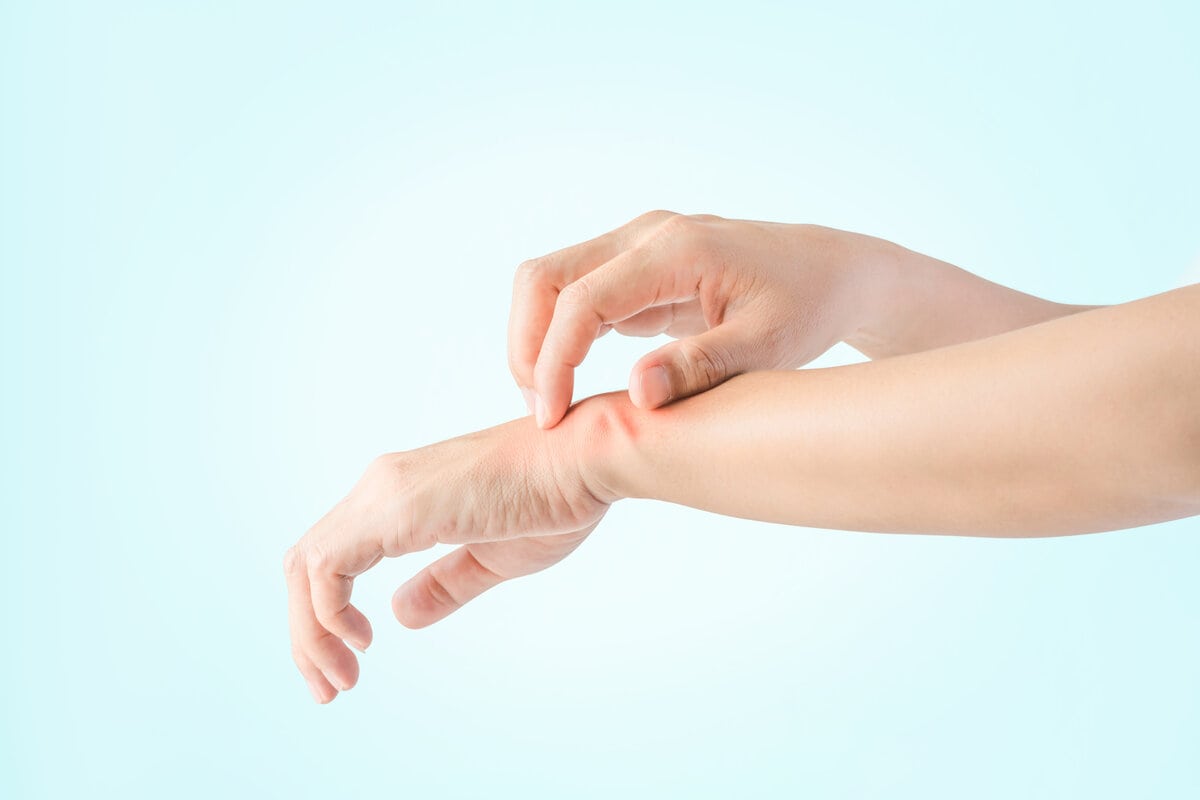
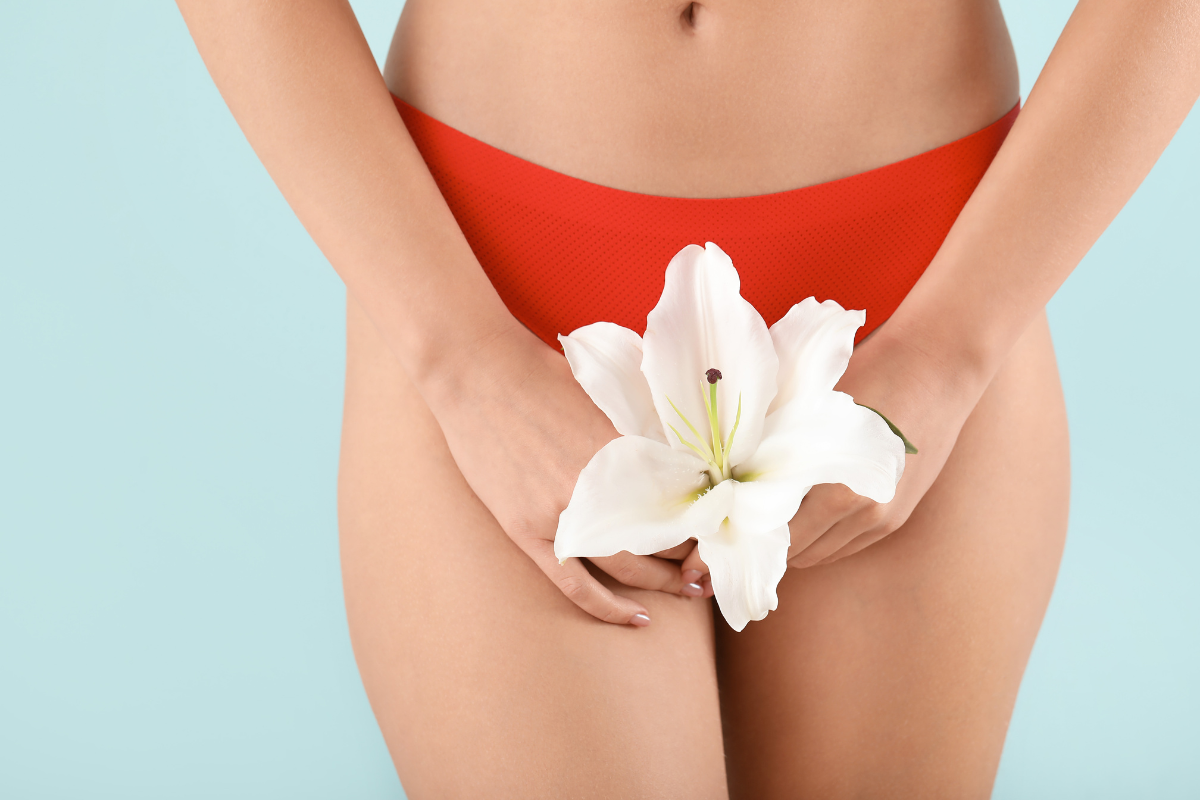
Leave a comment